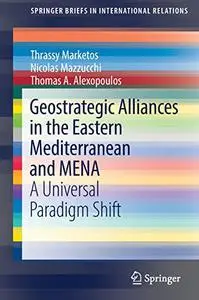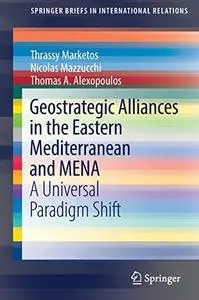Useful Adversaries: Grand Strategy, Domestic Mobilization, and Sino-American Conflict, 1947-1958 (Princeton Studies in International History and Politics) by Thomas J. Christensen
English | November 11, 1996 | ISBN: 0691026386, 0691026378 | True EPUB/PDF | 336 pages | 5.3/33.6 MB
English | November 11, 1996 | ISBN: 0691026386, 0691026378 | True EPUB/PDF | 336 pages | 5.3/33.6 MB




